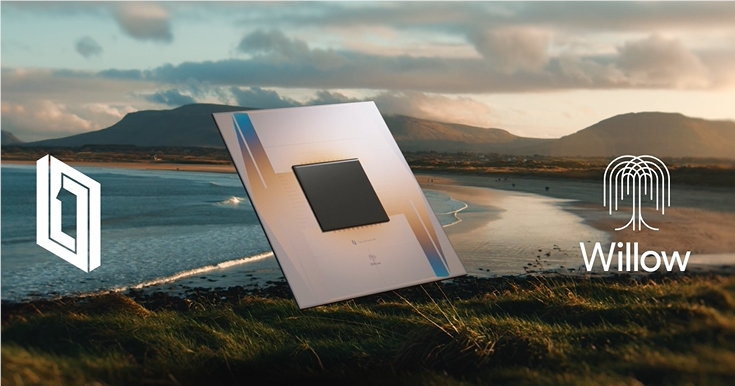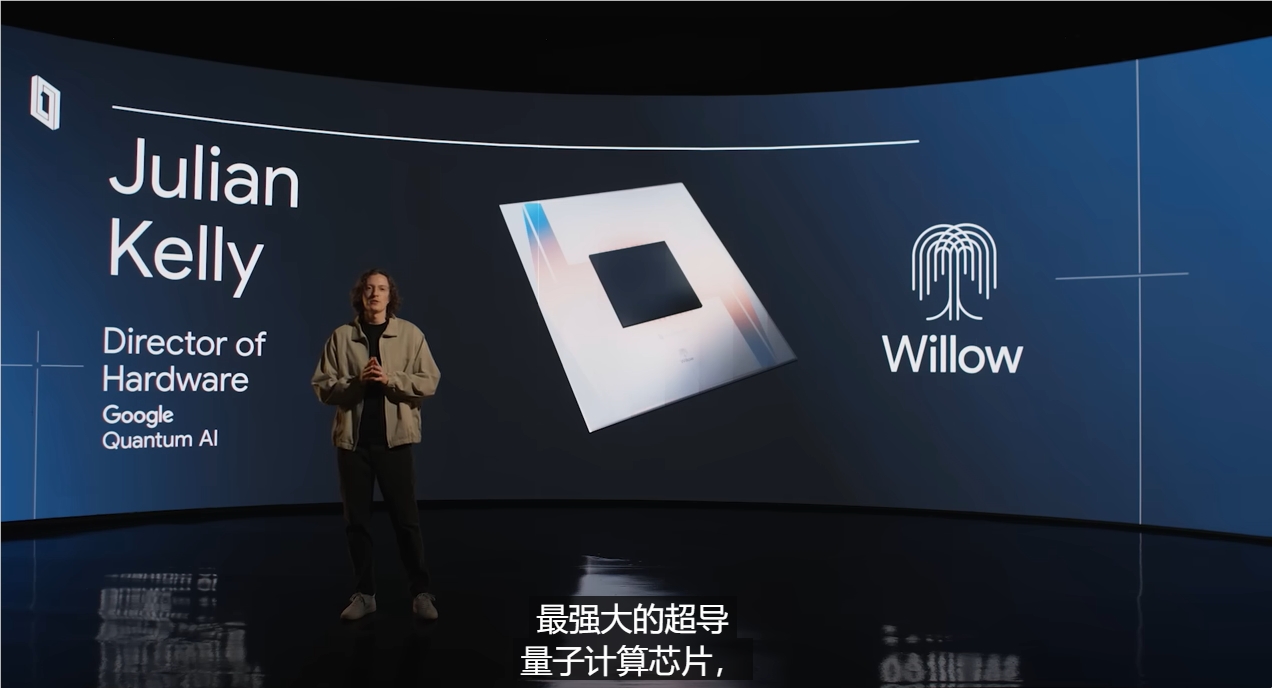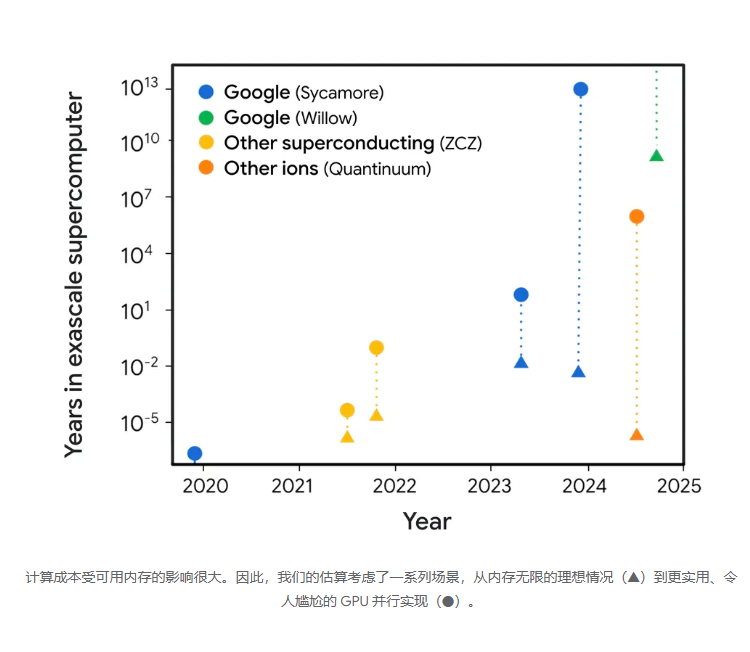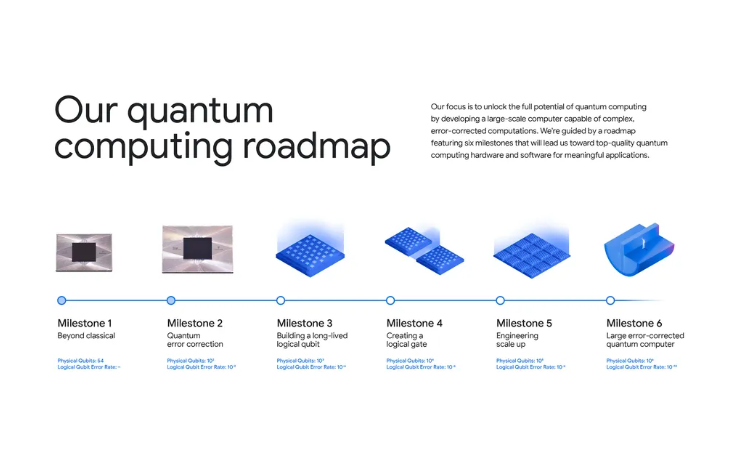Google's Quantum AI laboratory recently made a major breakthrough and released a new quantum computing chip, Willow. The chip has achieved significant improvements in quantum error correction and computing performance, marking a major step forward in practical quantum computing. Willow achieved "sub-threshold" quantum error correction for the first time, solving a core problem that has plagued the field for nearly 30 years, and achieved an exponential decrease in error rates by expanding the scale of the qubit array. This provides strong evidence for the construction of practical large-scale quantum computers and also indicates that the era of quantum computing is coming.
Google Quantum AI Laboratory recently announced the launch of its latest quantum computing chip Willow, which has achieved major breakthroughs in two key areas of quantum error correction and computing performance, taking a key step towards practical quantum computing.

Willow's most important breakthrough is the first realization of "below threshold" quantum error correction, solving a core challenge that has plagued the field of quantum computing for nearly 30 years. The research team showed in a paper published in Nature magazine that by using more qubits, the system's error rate dropped exponentially.
In specific experiments, the researchers tested 3×3, 5×5 and 7×7 qubit arrays respectively. As the array size increases, the error rate is reduced by half every time. This achievement marks the birth of the first truly scalable logical qubit prototype system and provides strong evidence for the construction of practical large-scale quantum computers.

Quantum Hardware Director Julian Kelly introduces Willow and its breakthrough achievements in video
Amazing computing performanceIn the Random Circuit Sampling (RCS) benchmark, Willow demonstrated astounding performance advantages. It completed a calculation in less than 5 minutes, while today's fastest supercomputers would need 10 quadrillion years (10 to the power of 25 years) to complete the same calculation, which is far longer than the age of the universe.

The Willow chip is manufactured at Google's dedicated quantum chip manufacturing facility in Santa Barbara and has 105 qubits. The chip has reached the industry's best level in many key indicators. Among them, the T1 time of the qubit (the time it takes to maintain the quantum state) is close to 100 microseconds, which is about 5 times higher than the previous generation product.
The next step towards practicalityThe founder of Google Quantum AI Lab said that the team's next goal is to achieve the first "useful practical application calculation that goes beyond classical computers". They believe Willow's generation of chips is expected to help achieve this goal. Potential application areas include:
new drug discovery
Optimized design of electric vehicle batteries
Nuclear fusion research
New energy development

To promote the development of quantum computing, Google has also launched open source software and educational resources, including new courses on the Coursera platform to help developers learn the basics of quantum error correction and jointly explore future quantum computing application scenarios.
This breakthrough achievement demonstrates the huge potential of quantum computing in solving complex problems, and also provides new possibilities for the future development of artificial intelligence and other fields. Google said that quantum computing will become an indispensable tool for collecting training data that cannot be obtained by traditional computers, optimizing specific learning architectures, and simulating quantum effect systems.
The success of Google's Willow chip not only indicates that quantum computing technology is about to enter a new stage of development, but also demonstrates its huge potential in solving global challenges. In the future, quantum computing will play an increasingly important role in many fields such as drug research and development, materials science, and artificial intelligence.